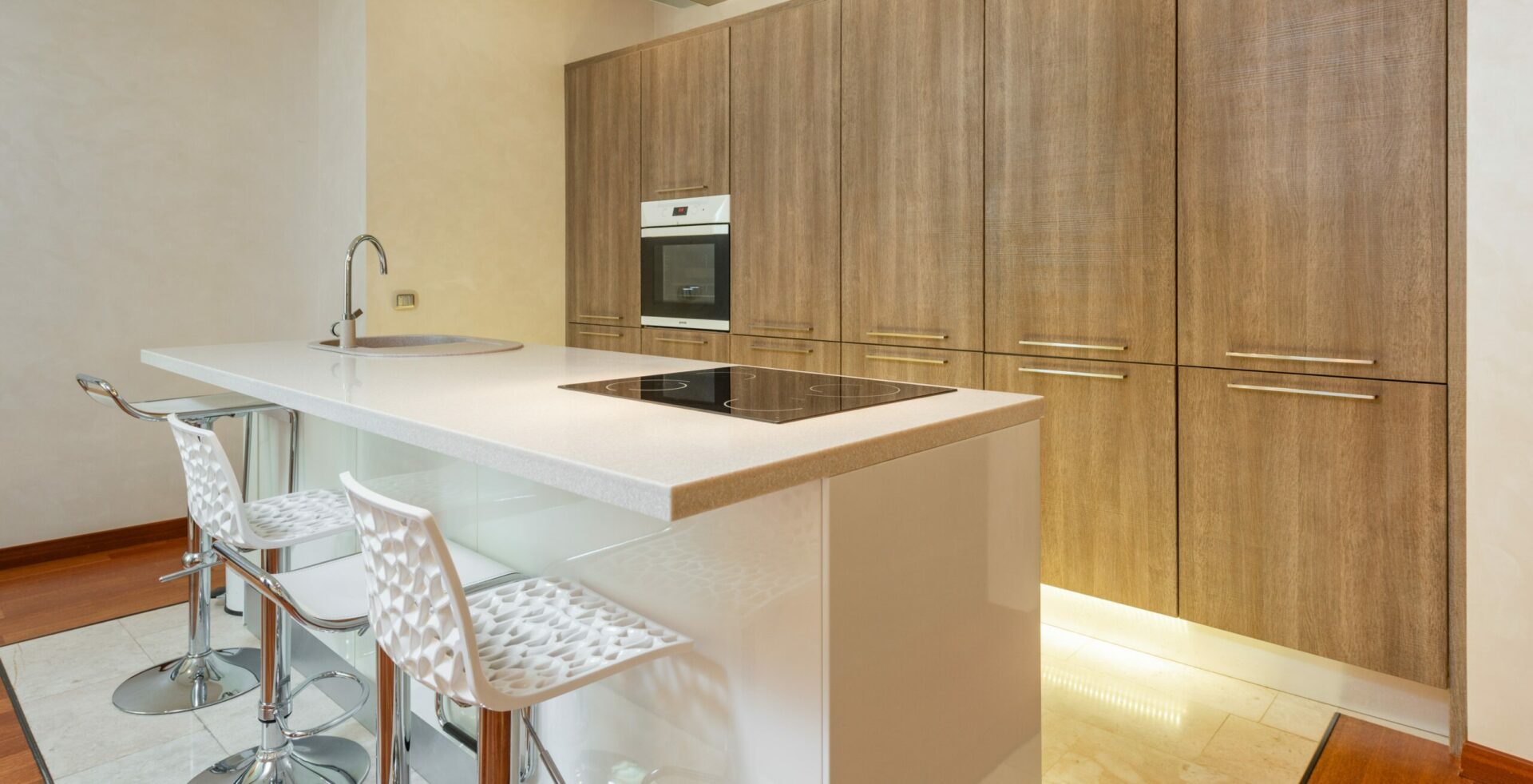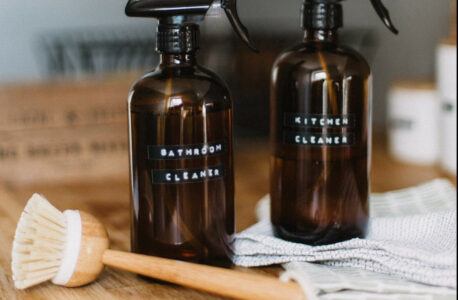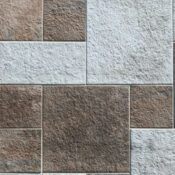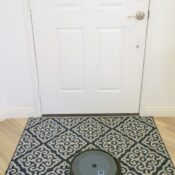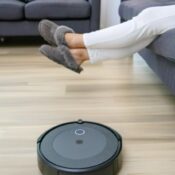It is one of the most common products in kitchen cupboards. It can be used in cooking, baking, hair treatment, control of weeds and even as a remedy for most skin problems! You most probably know what I’m talking about: vinegar.
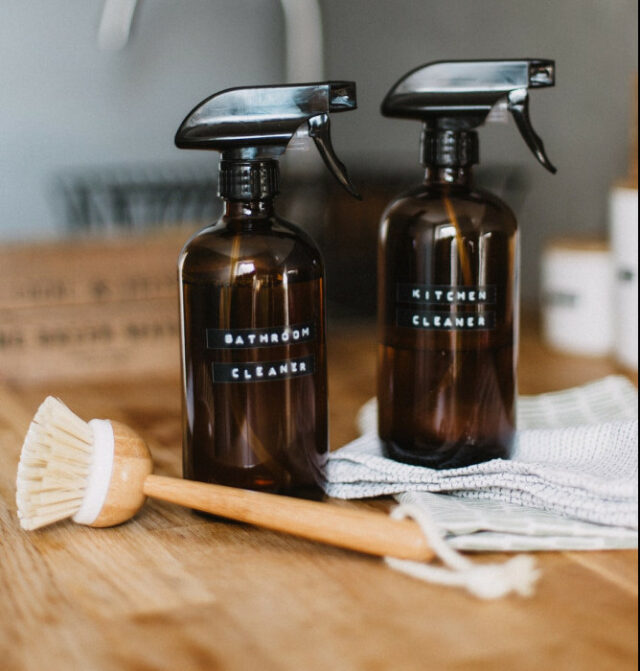
Regardless of its hundred and more uses, vinegar has another essential role; it can be used as a magic cleaning agent! Vinegar solutions consist of acetic acid, which acts as a natural disinfectant. Therefore, it can be used for cleaning a wide range of products and killing common germs from surfaces, such as E. Coli and salmonella.
And the good thing about vinegar is that, it is very safe and environmental-friendly. Therefore, unlike most store-bought cleaners, you do not have to worry about harmful fumes or corrosive products when cleaning with vinegar.
In this article, we discuss what to clean with vinegar and how to go about using this unique cleaning solution. Consider 9 things that you can effectively clean with vinegar:
1. Kitchen Sink and Counter
In an empty spray bottle, mix diluted vinegar with water in the ratio 1:1. Then, spray the solution onto the kitchen sinks and counters. To tone down the vinegar smell, add a small amount of dish soap to clean water. Using a clean sponge, scrub the sinks and counters to remove any vinegar residues.
2. Refrigerator and Fridge Water Dispenser
In a clean bucket, pour vinegar and water in a 1:1 ratio. Using a two-sided sponge, scrub the inside of the refrigerator, including the regularly-forgotten crisper drawers. Also, scrub all crevices and corners of the fridge, then rinse thoroughly with clean water.
To clean the fridge water dispenser, dip a small brush in vinegar solution. Then, use it to scrub both the outside and inside of the water spigot. Focus on those parts with mineral deposits, mold or yeast, and scrub these vigorously. Then, rinse off the dispenser and run to flush out all vinegar residue.
3. Greasy Stovetop
The acetic acid present in vinegar helps to remove grease very easily. To clean greasy stove tops, mix equal amounts of water and vinegar in an empty spray bottle. Spray the solution onto the splattered stove top, then allow it to sit for at least ten minutes.
Using a soft sponge and soap water, scrub the stove top to remove all remaining grease. Then, dry the stove stop using a clean cloth or a paper towel.
4. Garbage Can
After emptying the garbage can, it is always a good idea to clean it before putting a new trash bag. Pour a 1:1 ratio of water and vinegar in an empty spray bottle. Spray the solution on all parts of the garage can.
Let it sit for a few minutes then rinse off with clean water. Wipe the garbage can using a clean cloth. Such regular cleaning ensures that your garbage cans never stink and don’t develop stubborn stains.
5. Stainless Steel Pans and Pots
Does your kitchen have any stainless steel pans and pots that simply won’t get clean? If so, boil equal amounts of vinegar and water in a pot. Pour the hot diluted vinegar solution into a large bucket, then soak the dirty pans and pots.
The vinegar will dissolve all stubborn stains, water spots and grease from the stainless cutlery. If the pans and pots are very dirty, use more vinegar solution and let it soak for a longer time. Using more vinegar helps to speed the cleaning process.
After soaking, wash the pans and pots with regular dish soap and water. Then, rinse thoroughly with running water and dry with a clean kitchen towel.
6. Tea Kettles and Coffee Makers
Tea kettles and coffee makers usually build up minerals and stains over time. To remove these, pour equal parts of vinegar and water into the kettles. Boil the solution for a few minutes, then thoroughly rinse with clean water.
Alternatively, you can pour the vinegar-water solution into a water reservoir, then run it through the kettle and coffee maker. After that, rinse these thoroughly with clean water. It is important that you rinse these several times, to remove any vinegar taste and smell.
7. Microwave
In a large bowl, combine equal amounts of vinegar and water (the bowl should be microwave-safe). Microwave the solution for approximately 5 minutes; the vinegar solution releases steam, which in turn loosens and gunk and grease in the microwave. Then, wipe the microwave dry with a clean, microfiber cloth.
When microwaving the solution, remember to put a toothpick (or a chopstick) in the bowl. Otherwise, the solution will overheat, and can even cause the bowl to explode!
8. Sheet Pans
Mix 1/2 cup of white vinegar, hot water and 1/2 cup of baking soda in the sink. Ensure that the sink is plugged so that the water does not drain. The solution should bubble up similar to a chemical reaction; this reaction functions to loosen and remove all stubborn residues.
Soak the dirty sheet pans in the solution for at least one hour. Then, use a scouring pad or soft steel wool to scrub off the sheet pans. After scrubbing, rinse with clean water and dry with a clean towel.
9. Floors
In a clean bucket, mix water and vinegar in a 1:1 ratio. Mop your floors with the vinegar solution. The diluted vinegar solution helps to remove all dirt and grease, while protecting them from the high concentration of acidic vinegar.
Your kitchen, your living room, and basically every other room in your house needs to be cleaned regularly. Also, individual items in the house need to be cleaned on a regular basis. Well, you could still opt to buy different cleaning products for cleaning each item and room. However, why would you purchase hundreds of cleaning products while you have an all-in-one cleaning product right in your kitchen cupboard?
With vinegar, you can clean almost everything in your kitchen and living room. This article has provided a deeper insight on what to clean with vinegar. Therefore, the next time you start cleaning any of the things mentioned above, do not forget to use the magic cleaning agent in your cupboard.
